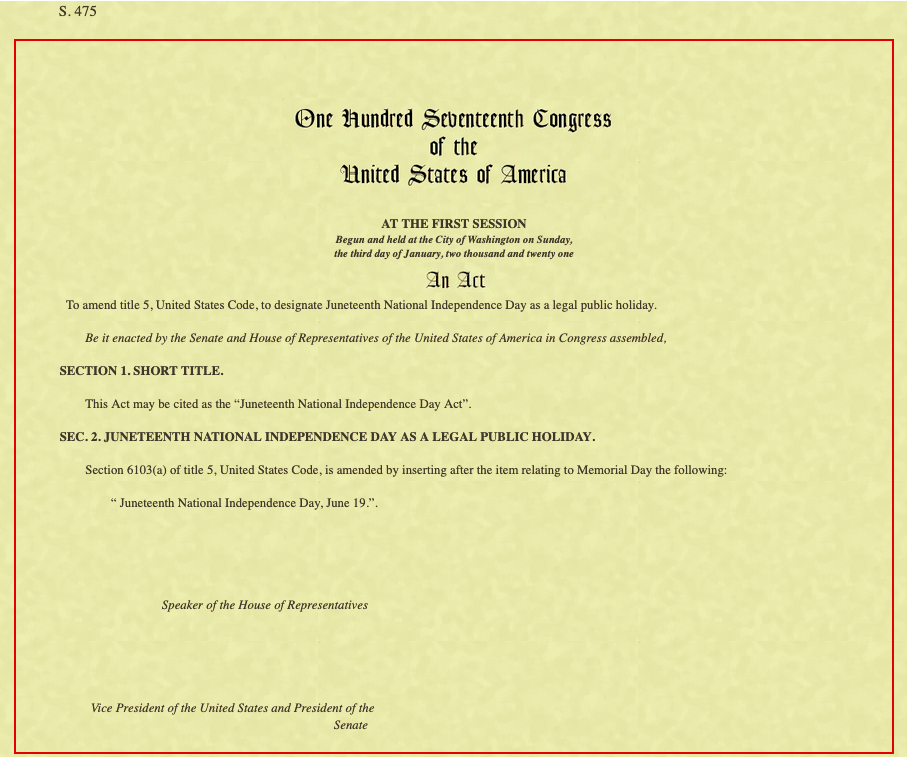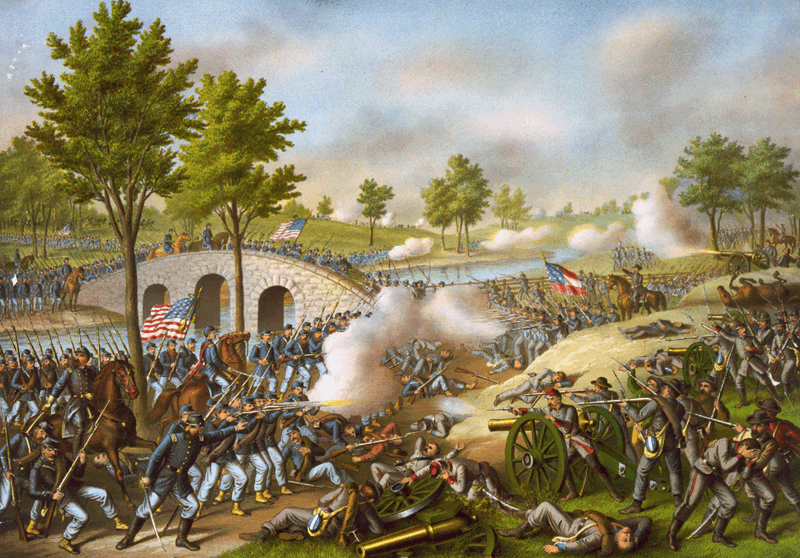Today is the 60th anniversary of the March on Washington (for Jobs and Freedom). The extraordinary visuals and atmospherics of that hot summer day, now long ago, in the nation’s capital – the warmth emanating from that place and the crowds that filled it, the affirmation to a faith that had sustained, the richness of words and music reaching its crescendo in the “I have a dream” speech delivered by Dr. Martin Luther King (Jr.) before the Lincoln Memorial – are the stuff of which legends are made. In the air was hope rather than despair, a promise of better days. A dream for all ages.
What remains all these years on? The sonorous tones of Dr. King and Mahalia Jackson, imbued with the words and music according to any Gospel, soar today as then, but humanity without hope is a humanity not fulfilling its promise, and for many peoples, in all corners of the world, that is the reality. On this day to recognize that that reality still applies to many Black people living in the most powerful nation on the earth can fill one only with anger – and it especially must do so for just those people; for they the descendants in spirit of the multitudes who would have left Washington that day sixty years ago infused with Dr. King’s dreams, his lyrical words ringing in their ears. It is the legacy of each generation to embrace the spirit of that day and, in each, in their own way keep those dreams alive.
That, a lesson in positivity, now …
The year after the march, the Civil Rights Act (1964) was signed into law, but in 1967 Martin Luther King, Jr.’s dreams seemed as far from fulfillment as ever, impelling him to deliver the below embedded speech at Stanford University – sometimes titled “The Other America”. Startling, to me, is the extent to which King’s disillusionment has grown in the passing of so few years. No longer does he feel convinced that alone the good will and essential kindness of many will win over the day, rather that the few (or just as many) are embedded so deep in the power structures and institutions of the nation that a more radical approach is demanded. Eloquently he deconstructs the so-called “white backlash”; as if it describes some kind of reasonable reaction to the realignment of society brought about by civil rights and the accompanying activism (and militantism) when it was, in fact, a response triggered by inherent racial animosity.
“I Have a Dream” is beautiful. Tragically, “The Other America” is closer to the reality. A year later on April 4, 1968, Martin Luther King, Jr. was assassinated in Memphis, Tennessee.


